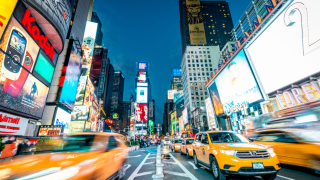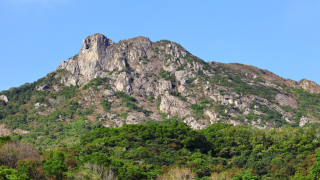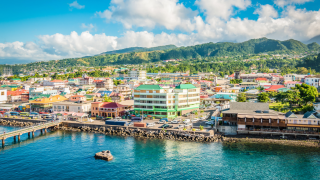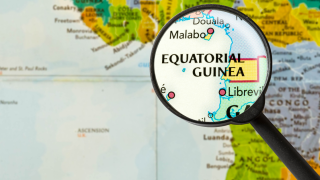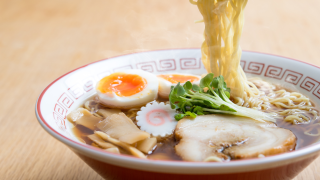 TOPIC
TOPIC Where to Find the Best Ramen in Osaka
Osaka is a food lover’s paradise and one of Japan’s top cities for ramen. From rich pork-based tonkotsu and creamy chicken paitan to light soy sauce and seafood broths, the variety is endless. In this article, we highlight five highly recommended ramen shops in Osaka, each with unique flavors and styles to satisfy every ramen enthusiast.





